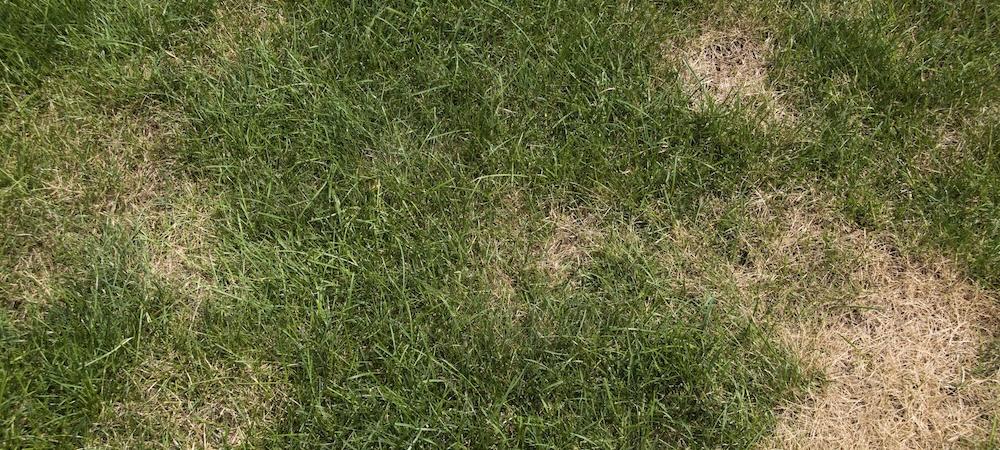Lawn Disease

Take all root rot is a disease that mostly effects ST Augustine in the Fort Worth area but can also be found in Bermuda and Zoysia. TARR is usually first detected in the early spring as the turf is coming out of dormancy of in the fall when temperatures are cooling off. The first sign will be yellowing and dead patches. The roots and runners will have a black or potted appearance. The cause for tarr is usually a lawn that was under stress from
The previous year from drought, poor mowing habits, shade, poor drainage, and high PH. The PH level in the Fort Worth area ranges from 7.7-8.4. Neutral is 7. Tarr is inactive with a soil PH of 6.8 or lower.
Remedies:
- Top dress with peat moss twice a year spring and fall.
- Improve drainage
- Improve sunlight
- Use ammonium sulfate as nitrogen source because it acidifies the soil
- Apply elemental sulfur 1-2 times a year
- Core aerate
- Dethatch
- Mow at 2.5-3.5 inches at least once a week. More often is better.
- Apply fungicide in the spring and fall, when conditions are favorable for TARR
- Take a soil test to determine soil PH
Grey Leaf Spot

Grey Leaf Spot is a fungal disease that occurs in St. Augustine throughout the entire growing season in North Texas. It’s most common in shaded areas, however it can also be found in full sun. Areas that are under drought stress, then receive frequent moisture from rain or irrigation, are most susceptible to Grey Leaf Spot.
Remedies:
- Don’t apply heavy Nitrogen. Applications of potassium and micronutrients are OK
- Decrease water frequency
- Apply fungicide until the disease clears up
- De-thatch lawn
- Core aerate
- Bag clippings
- Sharpen mower blades
Recommended Fungicides:
- Azoxystrobin
- Propiconazole
Brown Patch

There are two kinds of St. Augustine lawns in the DFW area. Ones with fall Brown Patch and ones that are going to get it. We can expect this disease to start emerging about mid-October as fall temperatures approach and we get rainy, overcast weather. Blades will start turning yellow or grey and become rotted at the node and will separate easily when pulled. Most of the damage will be located on the top growth and not the root system. This disease will go dormant when conditions are no longer favorable. This is usually after the first freeze in DFW.
Remedies:
- Turn down your watering
- Don’t water at night
- Keep mower blades sharp
- Mow shorter to improve airflow
- Bag clippings
- Don’t apply heavy nitrogen
- Apply fungicide every 2-4 weeks until conditions for brown patch are no longer favorable
Brown patch prevention applications work well if timed properly. September 1 and October 1 would be recommended target dates in DFW.
